Learning from the past to Design the Future City
We are excited to share another blog post for our ‘Connecting the Dots’ series. This series explores the rich and deep connection between design and our realities and how design affects our experiences, underscoring its importance in our lives. In addition, this post focuses on the impact of design on the sustainability of ancient and modern urban human settlements.
According to the UN, in 2018, 55% of the world’s population lived in urban areas, potentially growing to 68% by 2050. Therefore, SDG 11 pursuit of designing “cities and human settlements to be inclusive, safe, resilient and sustainable” is a critical design need for a sustainable future.
Barcelona has both grown organically and been carefully designed. It is well known for its grid-shaped streets that make up “L’Eixample.” The Catalan verb “eixamplar” means to widen, and it defined the urban challenge of rapid growth when Barcelona expanded beyond the city walls. In response, the City hosted an urban design competition that Ildefons Cerdà won with his urban development plan, later known and studied as “Plà Cerdà.” The plan carefully designed how to transform wildland and farmlands into a comfortable and modern city. As a result, “L’Eixample,” essentially mimicked the villages’ structure in a modern urban context providing access to local markets, schools, and other necessary locations and services in each new neighborhood. And at the same time, surrounding villages, such as Gràcia and Sant Andreu, became part of the City. Thus, giving it its patchwork-like texture from the sky: the Eixample is perfectly squared and is surrounded by apparent ancient chaos that inspired its great access to services.
As already highlighted in this post, geography can be a key stakeholder in designing cities. For example, Barcelona is encapsulated by a mountain range (Collserola), two rivers (Llobregat and Besos), and the Mediterranean sea: resulting in 1.6 million inhabitants cramped in barely 102 square kilometers or 39.4 square miles. Cerdà’s initial design, which included numerous parks and public spaces, wasn’t fully executed as designed and many of those parks became apartment buildings and other private spaces. As a result, Eixample is home to the densest squared kilometer in Europe: 53.199 people squished in roughly 0.38 squared miles. However, Barcelona’s mayor is not the only government official to realize that the scarcity of public spaces for people goes hand in hand with the number of public spaces devoted to parked cars in the last decades, thus occupying a very valuable public space. Barcelona, New York City, San Francisco, Birmingham, and Helsinki, among many other cities, are looking for ways to reclaim space from cars and repurpose it into plazas, pedestrian streets, parks, and outdoor sitting for businesses. And doesn’t this picture look familiar? Photographs and movies from decades ago paint a scene where streets are not only a means to reach a destination but rather a destination in itself: children playing, adults chatting, vendors exhibiting their goods. Just like the “Plà Cerdà” drew from villages, providing a local fresh market, schools, hospitals and other services, so can Barcelona and other cities, design the future City that evokes the past while using all the technology to allow for vehicle sharing (whether it is bikes, scooters, cars, self-driving cars or flying cars). Because after all, that technology is already in place: airlines have been working on reducing the turnaround time of planes (time that from landing until take-off), thus spending most of its time on use: in the air loaded with passengers.
At Design Sapient, we will, when possible, draw knowledge from both successful and not-so-successful experiences to design stronger services for the future.
Want to learn more? Schedule a prospective call with us.
Photo credit: "File: Eixample aire.jpg" by Alhzeiia is licensed with CC BY-SA 2.0. To view a copy of this license, visithttps://creativecommons.org/licenses/by-sa/2.0
